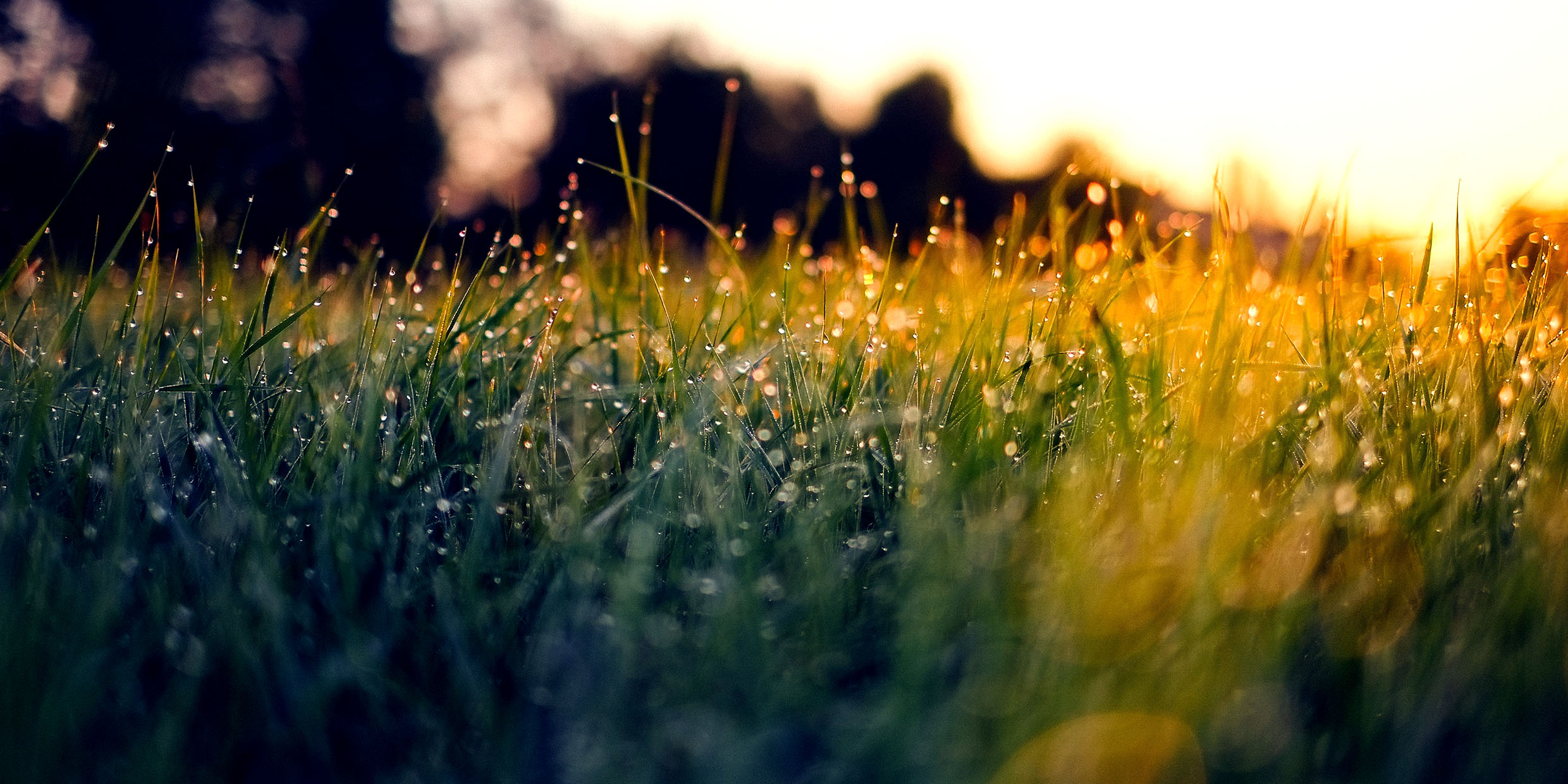Originally published 30 October 2005
We knew the morning was special when we saw the blue meadow.
Oh, yes, we knew — Bailey, Greg, and I — that the grass in the meadow beyond the trees was green, but on that particular morning, with sunlight streaming aslant through honey-colored leaves, the meadow was indisputably, undeniably, stop-in-your-tracks-and-take-a-deep — breath blue. And in some corner of our minds — as happens to all who attend the world and write — we scribbled mental notes: morning light, honey dew, blue meadow.
I’ve introduced Greg and Bailey on this site before, two exceptional young people, seniors at the college, who love to write, and who asked last spring if they might join me in a semester-long exploration of the natural world. The implicit deal was this: I might bring to them something of my long experience putting words to paper, and they would share with me youth, enthusiasm, and senses not yet dulled by what the writer Virginia Woolf called the gray, nondescript “cotton wool” of everyday life.
So there we were, after a week of dull rain and cloudiness, walking the early morning trails of Borderlands State Park, watching the sun breathe color into fall foliage. At that early hour we had the place mostly to ourselves, except for an artist who had set up her easel by the side of the path to catch on canvas a world transformed by morning tricks of radiance. We followed the artist’s gaze, along the split rail fence, past fields so green they were blue, to the old caretaker’s house half hidden in a pool of light. “It’s an Andrew Wyeth sort of morning,” said Bailey, and we looked again and saw that she was right.
Each of us, as we walked, daubed onto the canvases of our imaginations the things we saw: sunlight cascading through the trees, casting zebra stripes of gold across the path; the red berries of the matrimony bush hanging like tiny lanterns beneath the locust tree; the trickling murmur of the brook growing louder as we made our way across the dam that holds back its flow; the great beech tree and glacial boulder — things that manage to stand alone.
In an essay published after her death, Virginia Woolf wrote about the special “moments of being” that sometimes interrupt the cotton wool of everyday life. One of those moments occurred as she was looking at a flower in a garden at St. Ives, in England. It was an ordinary plant with a spread of green leaves. She looked at the flower and said, “That is the whole.” It had suddenly occurred to her that the flower was part of the earth, part of everything else that was. The realization came, she said, as a hammer blow, and from it emerged a philosophy: Behind the cotton wool is hidden a pattern. The whole world is a work of art and we are part of it.
It would be easy to dismiss this revelation as so much sentimentality, but Virginia Woolf was anything but sentimental. Many of her moments of being brought with them a peculiar horror and physical collapse. For her, the recognition that we are at one with the world could be a source of both exhilaration and despair.
Which is why it was so important for me to be there with Greg and Bailey, two young people in the morning of the world. It’s not that they don’t understand as well as I that every dawn contains a shadow of those hours of darkest night when we lay awake and sift through shades and specters — the grim scaffolding of sorrow and death that nature uses to construct all that is beautiful and good. But for them the shadows are as insubstantial as the wind that whispers in the trees, or so it seems to me. Which is why I latch onto their optimism, their joy, their conviction with Thoreau that “only that day dawns to which we are awake.”
Virginia Woolf’s interest in the connectedness of things was not that of a mystic, but of a writer. “We are the words,” she wrote, describing the experience of the flower. “We are the music; we are the thing itself.” And that was what we sought, three writers walking there in that Wyeth sort of morning — the music, the thing itself, the connectedness. We live in a world that sometimes seems shattered into isolated parts, a shrapnel of incoherence. We seek wholeness. We thrive on those moments of being when the cotton wool melts away and we sense the completeness of things. Wholeness, wrote Woolf, means that the world has lost its power to hurt.
(In this essay I have drawn upon words, phrases, and insights from Greg’s and Bailey’s notes, made shortly after our walk, which they were kind enough to share with me. It is a collaborative effort.)



